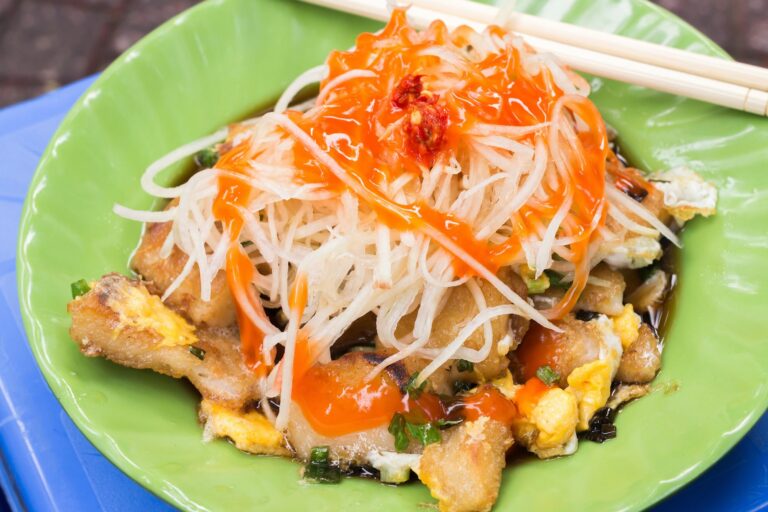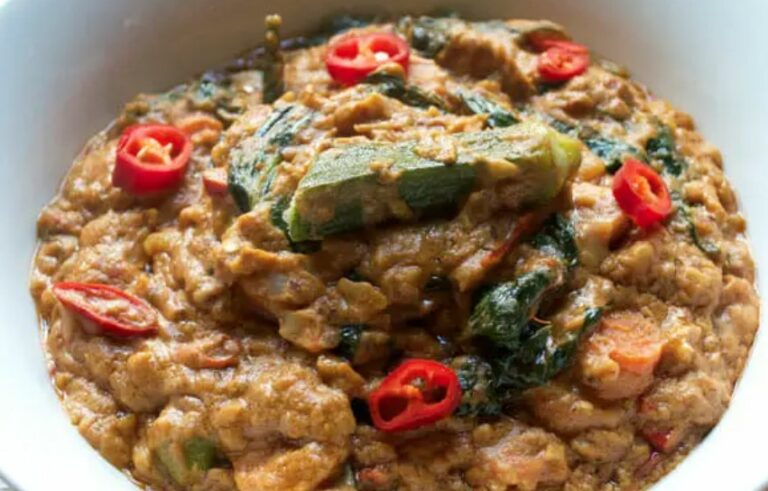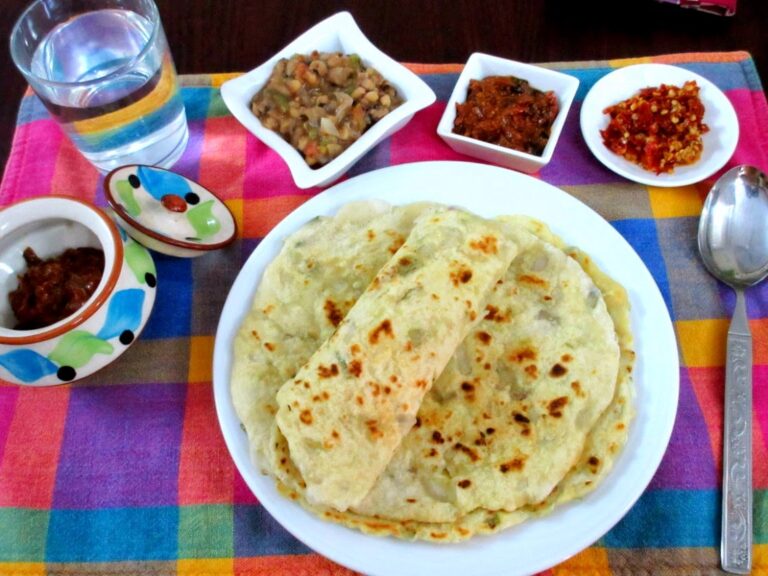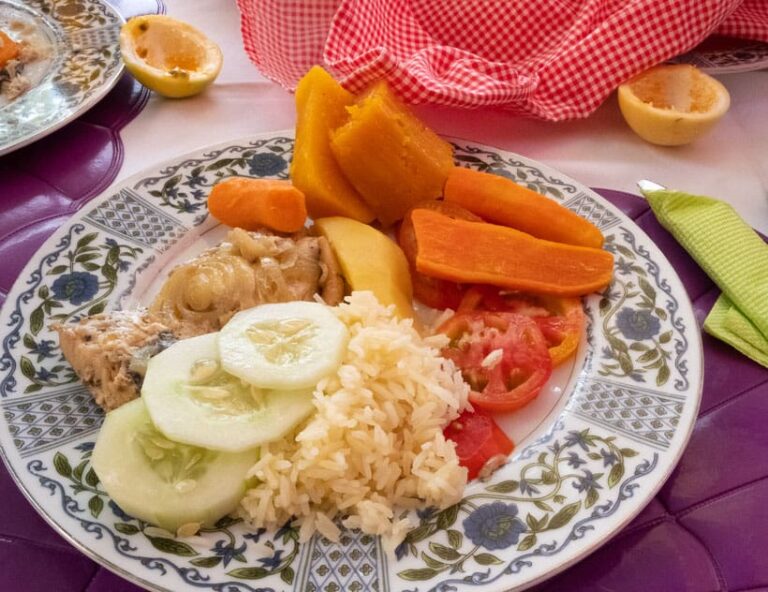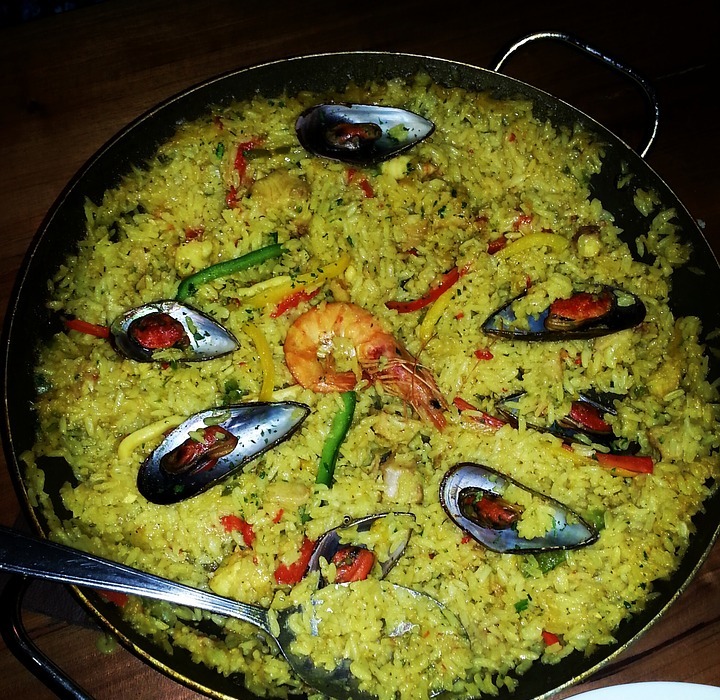Introduction: Vanuatu Cuisine
Vanuatu is a small island nation located in the South Pacific region. The cuisine of Vanuatu is a unique blend of traditional and modern cooking techniques, influenced by the native Melanesian, French, and British cultures. The cuisine is characterized by the use of tropical fruits, root vegetables, fresh seafood, and a variety of herbs and spices.
1. Kava: A Traditional Drink
Kava is a traditional drink in Vanuatu, made from the root of the kava plant. It is a popular drink in social gatherings and has a mild sedative effect. Kava is prepared by grinding the root of the kava plant into a fine powder and mixing it with water. The drink is then strained and served in coconut shells or other traditional vessels. Kava is often consumed alongside traditional dishes such as laplap and seafood.
2. Coconut: A Versatile Ingredient
Coconut is a versatile ingredient used in many Vanuatu dishes. Coconut oil is often used for cooking, while the flesh is grated and used in various dishes such as soups, stews, curries, desserts, and snacks. Coconut milk is also used to add flavor and richness to dishes such as the Vanuatu national dish, laplap. The leaves of the coconut tree are used to wrap and cook traditional dishes such as laplap.
3. Taro: A Staple Root Vegetable
Taro is a staple root vegetable in Vanuatu cuisine. It is a starchy tuber that is used in a variety of dishes such as soups, stews, curries, and desserts. Taro is often boiled or roasted and then mashed to form a paste which is used to make traditional dishes such as laplap. Taro leaves are also used to wrap and cook traditional dishes.
4. Natangura: A Sweet and Sour Sauce
Natangura is a sweet and sour sauce made from the fruit of the natangura tree. The fruit is boiled and then mashed to form a paste, which is then mixed with sugar and vinegar. Natangura is often used as a dip for seafood or as a condiment for grilled meats.
5. Laplap: A Local Delicacy
Laplap is a traditional dish in Vanuatu made from grated root vegetables such as taro or yam, coconut milk, and meat or seafood. The ingredients are mixed together and wrapped in banana leaves before being cooked in an underground oven. Laplap is a popular dish served at social gatherings and traditional ceremonies.
Conclusion: Rich Flavors of Vanuatu
Vanuatu cuisine is a unique blend of traditional and modern cooking techniques, influenced by the native Melanesian, French, and British cultures. The cuisine is characterized by the use of tropical fruits, root vegetables, fresh seafood, and a variety of herbs and spices. Kava, coconut, taro, natangura, and laplap are some of the popular condiments and spices used in Vanuatu cuisine, which contribute to the rich and diverse flavors of the island nation.


